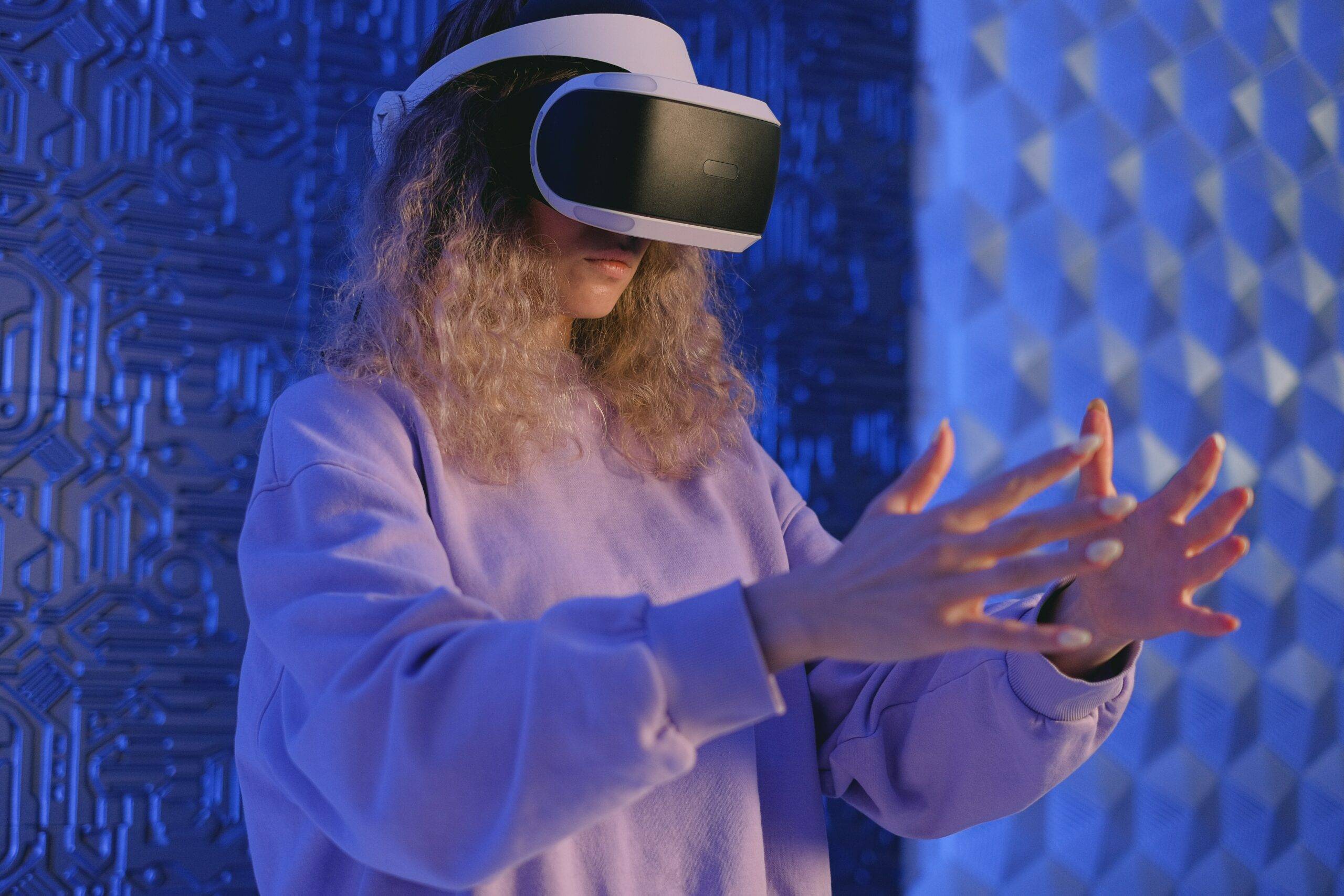What’s the Difference Between AR and VR?
Technology has come a long way, and we are now able to experience new worlds and dimensions through Augmented Reality (AR) and Virtual Reality (VR). These two technologies are often used interchangeably, but they are not the same. In this blog post, we will explore the difference between AR and VR and how they work.
What Is Augmented Reality (AR)?
Augmented Reality (AR) is the technology that overlays digital information on the real world. This technology uses the camera on your device to capture the real world and then overlays digital information on top of it. AR can be experienced on smartphones, tablets, and AR headsets.
Most people are familiar with AR from popular mobile games like Pokemon Go and Harry Potter: Wizards Unite. In these games, digital creatures and objects are overlaid on the real world, creating an immersive experience. AR can also be used for more practical purposes, like overlaying directions on a map or providing information about products in a store.
What Is Virtual Reality (VR)?
Virtual Reality (VR) is the technology that creates a completely digital world. This technology uses a headset to immerse the user in a digital environment. This environment can be anything from a game world to a virtual office.
VR is often used in gaming and entertainment, but it can also be used for educational and therapeutic purposes. For example, VR can be used to simulate situations like public speaking or flying, which can help people overcome their fears in a safe environment.
What’s the Difference Between AR and VR?
The primary difference between AR and VR is the level of immersion. AR overlays digital information on the real world, while VR creates a completely digital world.
AR is used to enhance the real world by providing additional information and experiences. For example, AR can be used to provide directions on a map or give information about a product in a store.
VR, on the other hand, is used to create a new world and immerse the user in it. VR can be used for gaming, entertainment, and even education.
The Middle Ground: Mixed Reality
Mixed Reality (MR) is the technology that combines elements of both AR and VR. This technology uses holographic images to create a digital environment that interacts with the real world.
MR is still in its early stages, but it has the potential to revolutionise the way we interact with technology. For example, MR could be used to create virtual assistants that interact with the real world or to provide immersive training experiences.
Conclusion
AR, VR, and MR are all exciting technologies that have the potential to change the way we interact with the world around us. AR enhances the real world, VR creates a new world, and MR combines the two. As technology continues to advance, we can expect to see even more exciting developments in the world of AR, VR, and MR.


